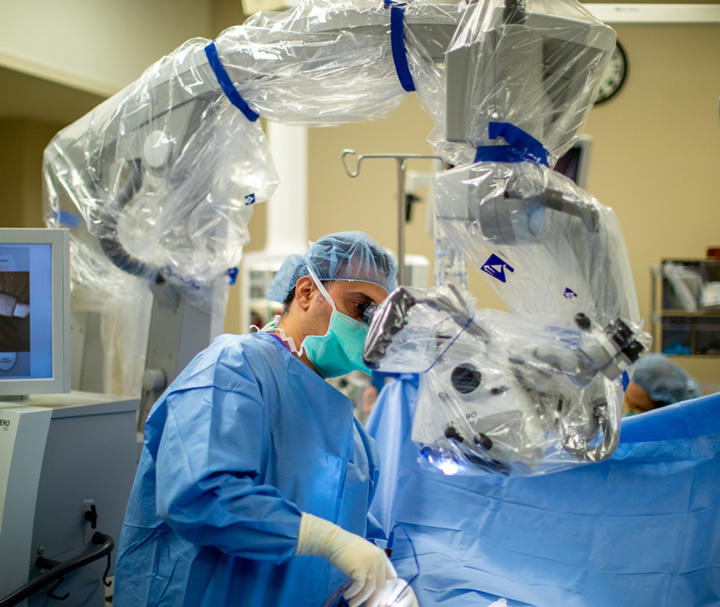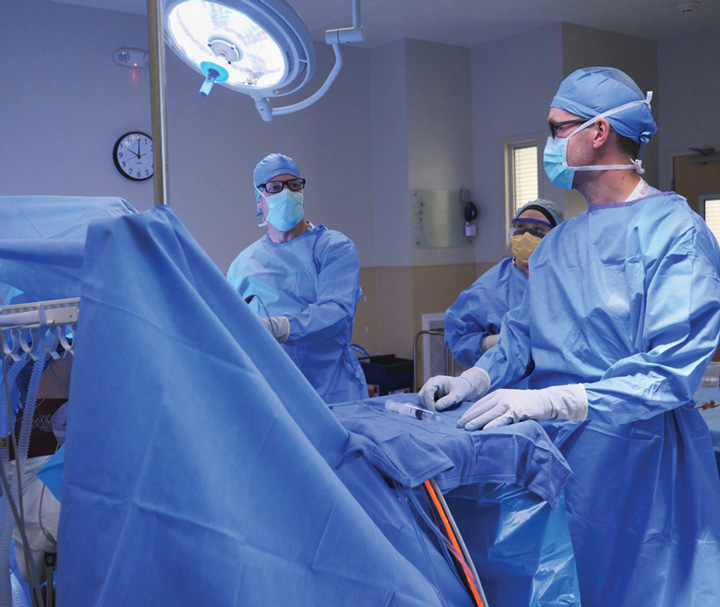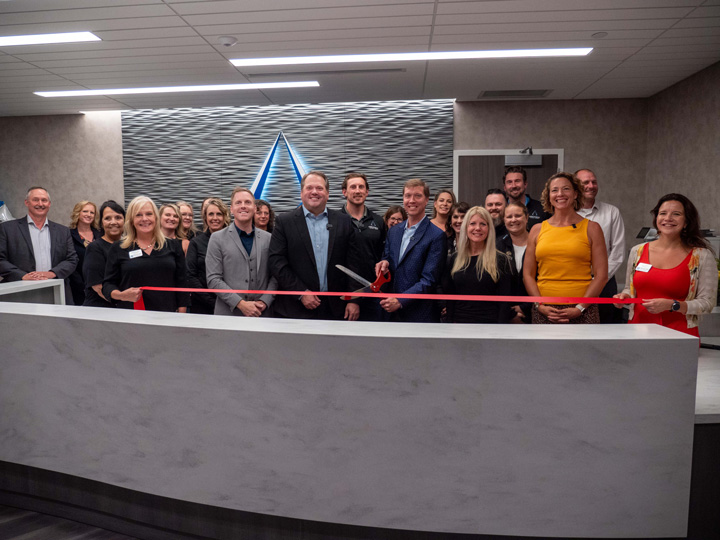Tech-driven operative suite makeovers enhance the work of spine surgeons.
 DISC Sports & Spine Center
DISC Sports & Spine CenterGROUP VIEW DISC spine surgeon Dr. Rojeh Melikian says the ability for everyone in the room to monitor surgeries together in real time is a welcome feature of integrated ORs.
Renovating a facility to accommodate the many spine procedures that can now be performed in outpatient settings often involves a digital makeover in the form of the integrated OR suite. At a minimum, this includes seamlessly interconnected technological platforms that provide surgeons and intraoperative staff centralized, customizable control over instrumentation and devices. The integrated OR allows providers to leverage a harmonized combination of video, clinical data, surgical lighting and medical records like never before.
At DISC Sports & Spine Center in Southern California, orthopedic spine surgeon Rojeh Melikian, MD, specializes in microscopic and reconstructive techniques that involve numerous advanced technologies. He believes integrated ORs are becoming a staple of modern surgery.
“We used to have 10 systems to control 10 things,” says Dr. Melikian. “Today, multiple things can run through just one system.” A big change an integrated OR offers to Dr. Melikian is his ability to instantly access surgery charts and video streaming, which allows everyone in the room to monitor the surgery in real time. That’s especially important for the microscopic surgery in which he specializes.
“Our anesthesiologist can watch the progress and adjust accordingly,” he says. “And outside the OR, recovery room nurses can also monitor and prepare. The best thing is that it keeps everyone on the same page. Everyone can see exactly what I am seeing.”
Karen Reiter, RN, CNOR, RNFA, CASC, vice president, operations and payor management at DISC parent company TriasMD, likens the integrated OR to a conductor-led orchestra. “From an administrator’s perspective, when a system ensures everyone is speaking the same language and there’s this visual communication of data between everyone in the OR, it’s really a beautiful thing,” she says.
Ms. Reiter lauds the added efficiencies that technology affords staff, particularly the real-time monitoring capabilities. “Instead of the surgeon having to stop and ask for an instrument, the scrub tech can anticipate what they need next,” she says. “When anesthesia is closely monitoring the progress of the surgery, they aren’t going to give extra sedation when they can see the surgeon is wrapping up a case.”
.svg?sfvrsn=be606e78_3)



.svg?sfvrsn=56b2f850_5)